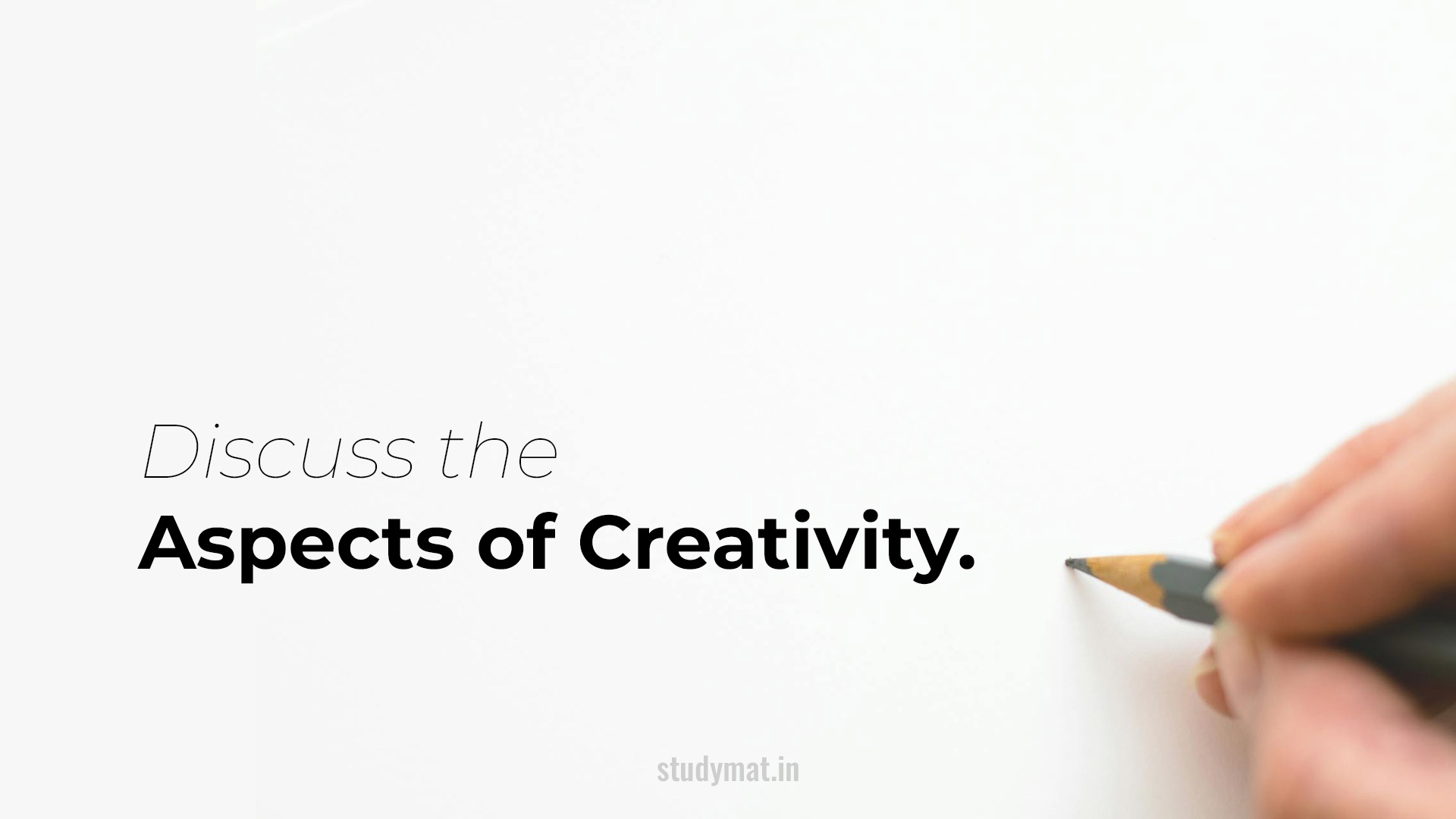In this article, we will discuss the Aspects of Creativity in psychology.
What are the Aspects of Creativity?
Guilford (1986) viewed creative thinking as involving divergent thinking, which emphasizes fluency, flexibility, originality, and elaboration. However, he noted that creativity is not synonymous with divergent thinking because it also requires sensitivity to problems and the ability to redefine them through transformations of thought, reinterpretations, and freedom from functional fixedness to generate unique solutions.
Torrance (1966, 1974), in developing the Torrance Tests of Creative Thinking (TTCT) and its subsequent revisions, outlined six components of creativity. These components are described in terms of how they are measured:
- Fluency: The ability to generate numerous relevant ideas or figural images.
- Flexibility: The capacity to produce a variety of responses or solutions to a problem.
- Originality: The production of statistically infrequent or unique ideas.
- Elaboration: The ability to develop and expand upon ideas.
- Abstractness of Titles: The degree to which titles move beyond concrete labelling, reflecting abstract thinking.
- Resistance to Premature Closure: The degree of psychological openness to considering various information and maintaining an “open mind” during problem-solving.
FAQ:
- What are the Aspects of Creativity according to Guilford?
- What are the Aspects and Theory of Creativity?
- What are the Nature and Aspects of Creativity?
- What are the Two Important Aspects of Creativity mentioned?
- What are the Aspects of Creativity in Cognitive Psychology?
- Discuss the Meaning and Aspects of Creativity in Psychology.
Follow Us:
If you like this article, you can Follow us on Facebook.
Also, you can Join our Official Facebook Group for QnA Sessions and Discussions with the worldwide IGNOU community.

